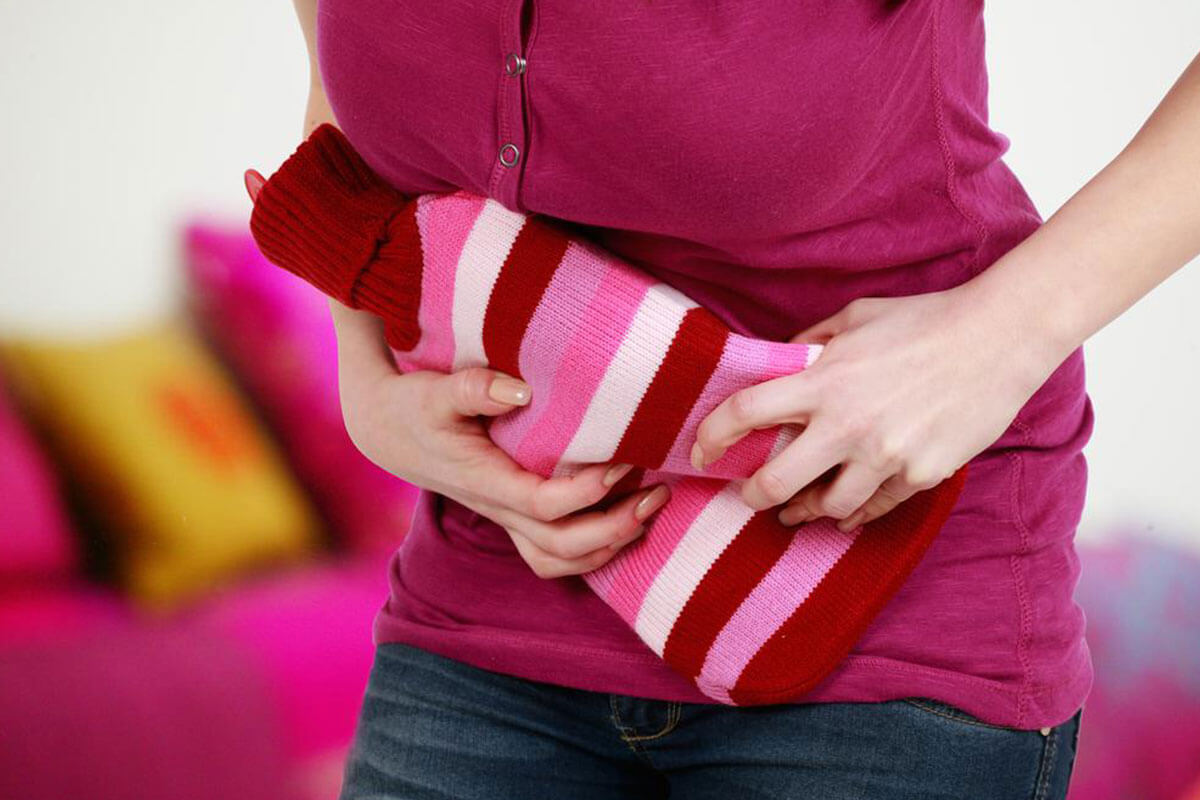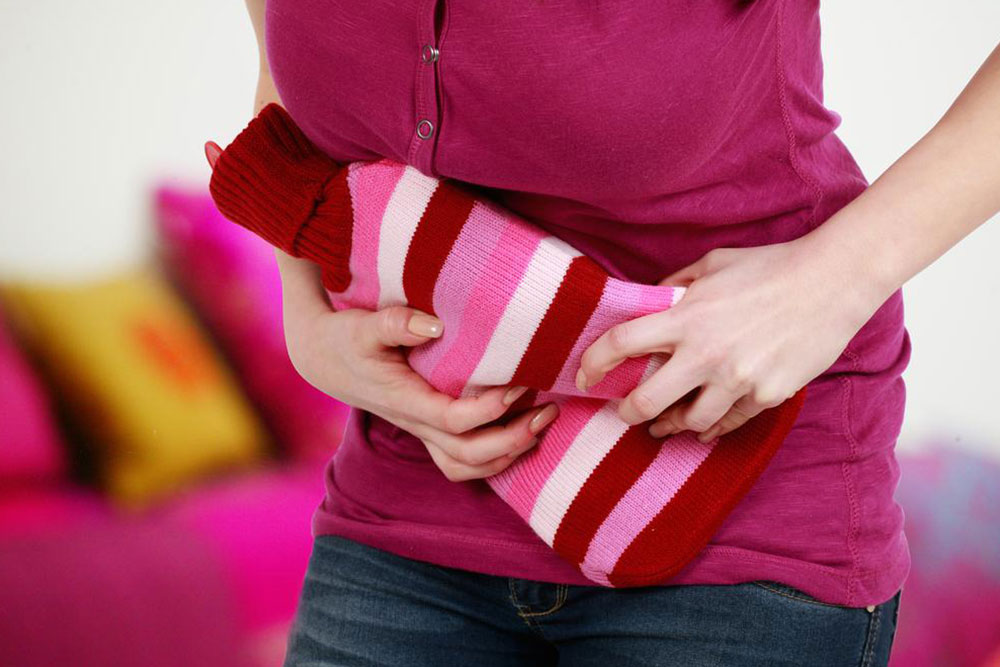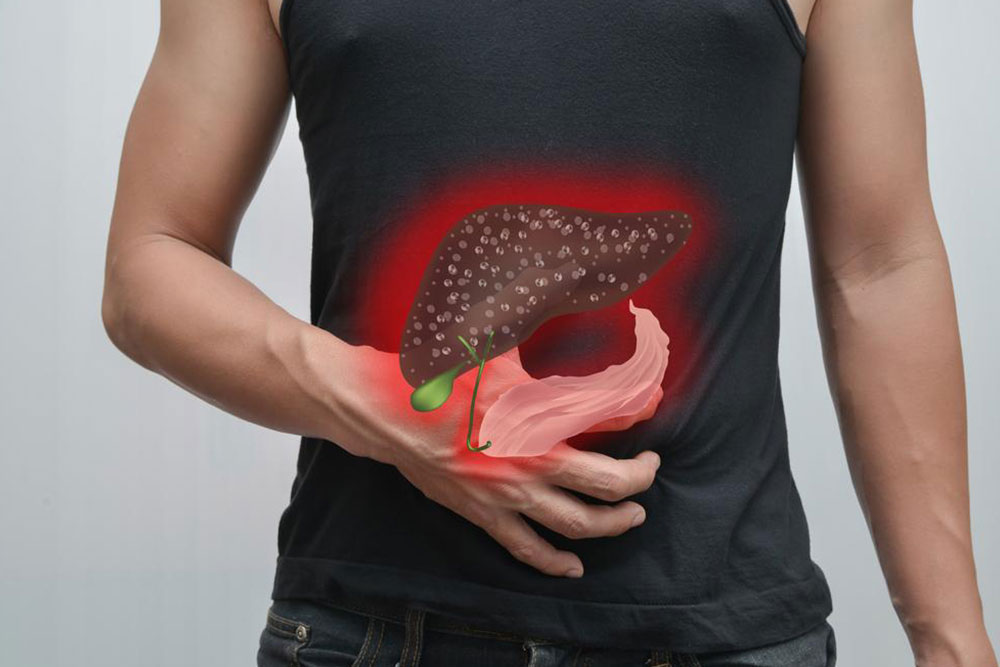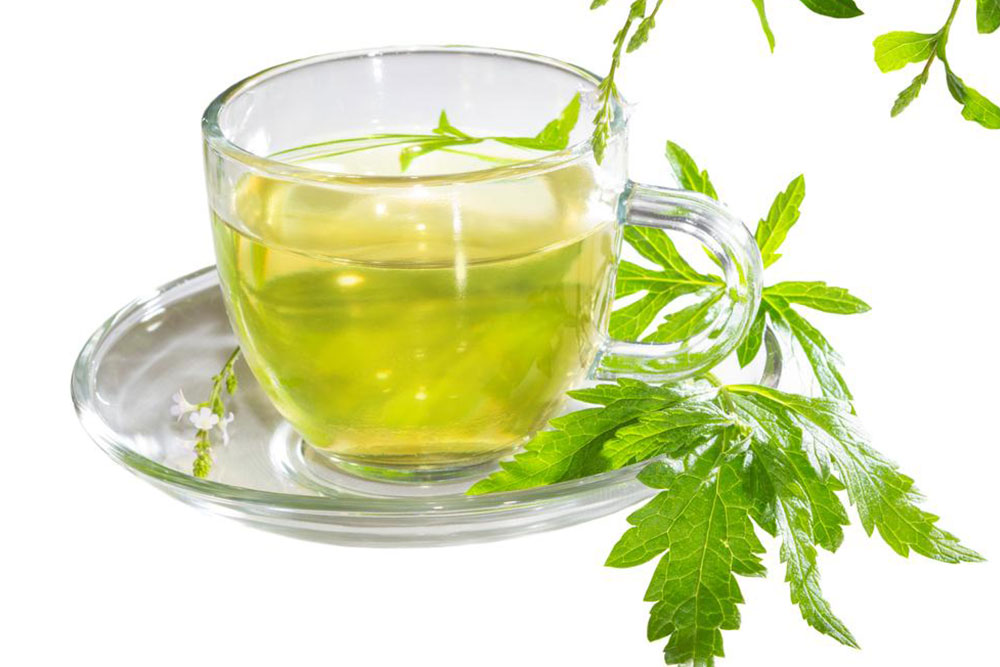A Complete Guide to Overactive Bladder: Causes, Symptoms, and Treatments
Overactive bladder (OAB) is a common condition affecting people of all ages, especially women post-pregnancy and seniors. Key symptoms include urgent need to urinate, frequent bathroom visits, involuntary leakage, and nighttime urination. Causes range from pregnancy-related pressure and aging to diet, nerve damage, and excess weight. Treatments involve medications, nerve stimulation, and lifestyle changes like weight control and bladder training. Early diagnosis and proper management can effectively improve quality of life, making OAB a manageable condition. Consult healthcare professionals for personalized care.
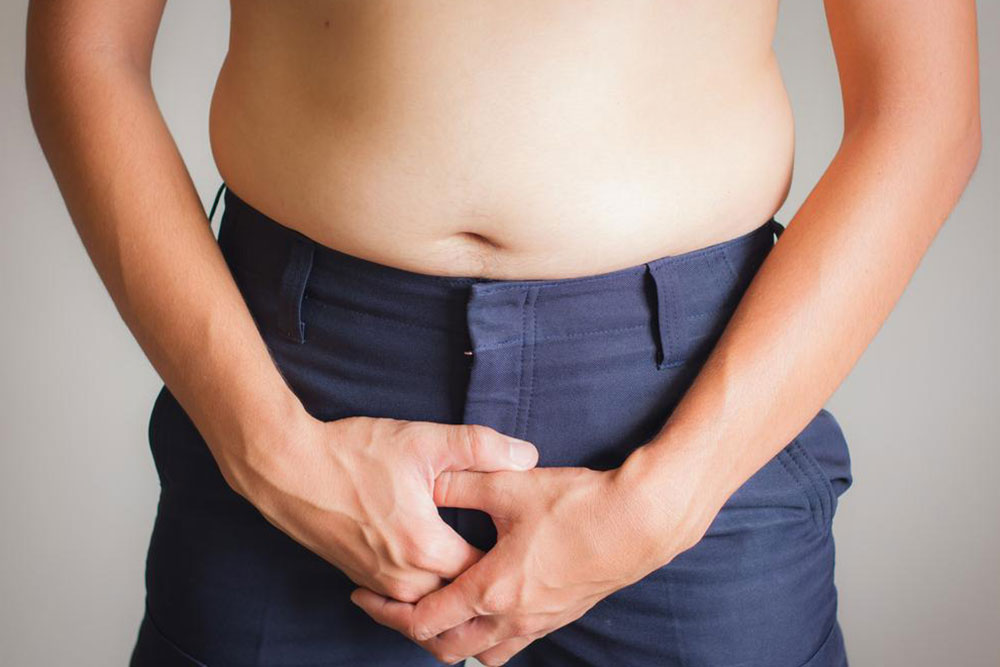
Comprehensive Overview of Overactive Bladder and Its Management
Overactive bladder (OAB) is a prevalent condition impacting millions worldwide, characterized by an urgent need to urinate, frequent bathroom visits, involuntary leakage, and nighttime urination. While anyone can develop this condition, it is particularly common among seniors and women after childbirth. Recognizing symptoms early and consulting a healthcare professional is essential for proper diagnosis and treatment.
Causes of OAB vary and include physiological, lifestyle, and health factors. Pregnancy can weaken bladder muscles due to pressure during childbirth. Aging naturally reduces bladder capacity and control. Dietary habits involving caffeine, alcohol, spicy, and citrus foods can aggravate symptoms. Nerve damage from diseases like Parkinson’s or multiple sclerosis, as well as conditions like diabetes or stroke, may also contribute. Excess weight further strains bladder function, increasing the risk of OAB.
Treatment approaches depend on severity and include medications, nerve stimulation therapies, and lifestyle modifications such as weight management, bladder training, avoiding irritants, and adopting healthy habits. Most cases of OAB are manageable and reversible with proper care and support.


